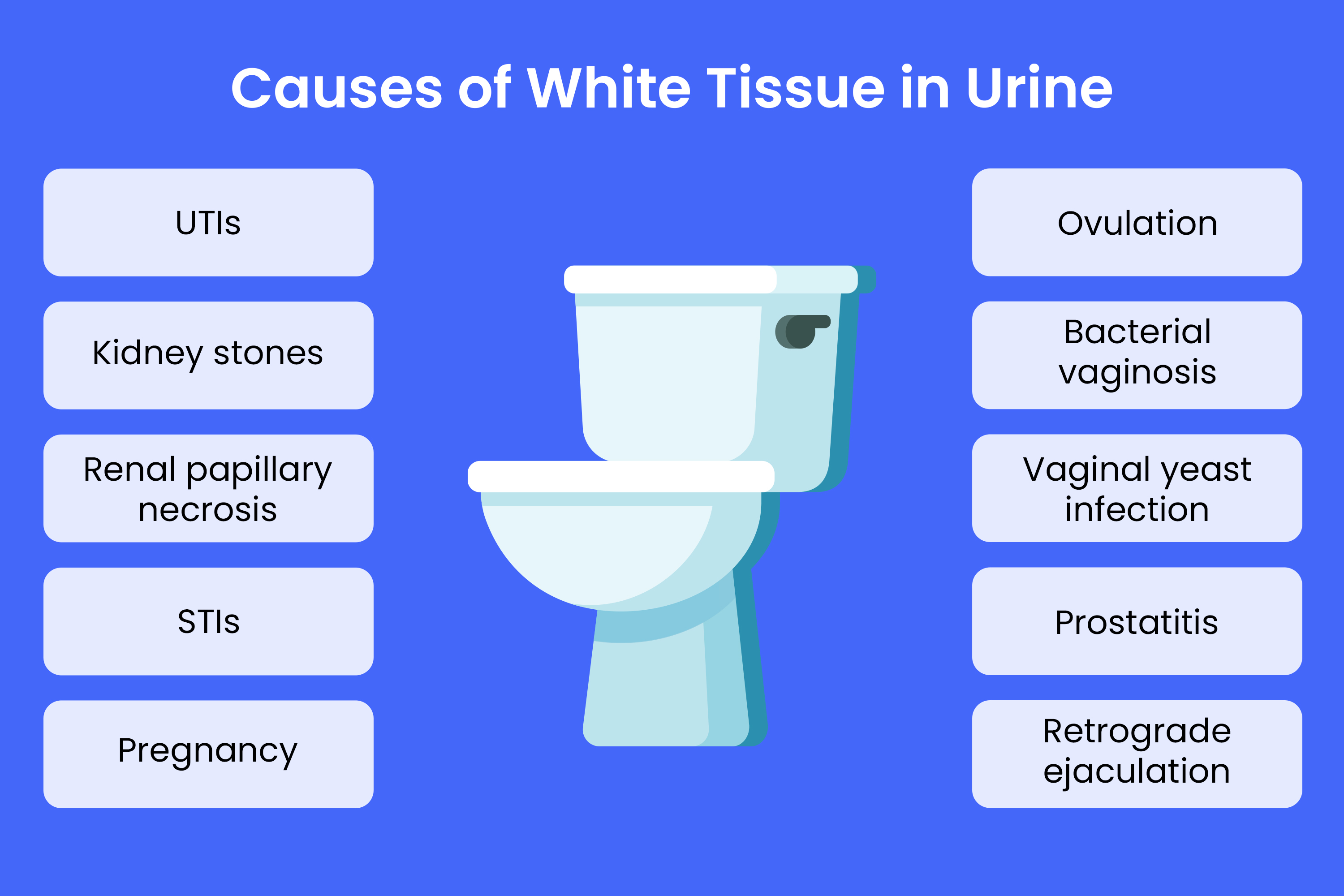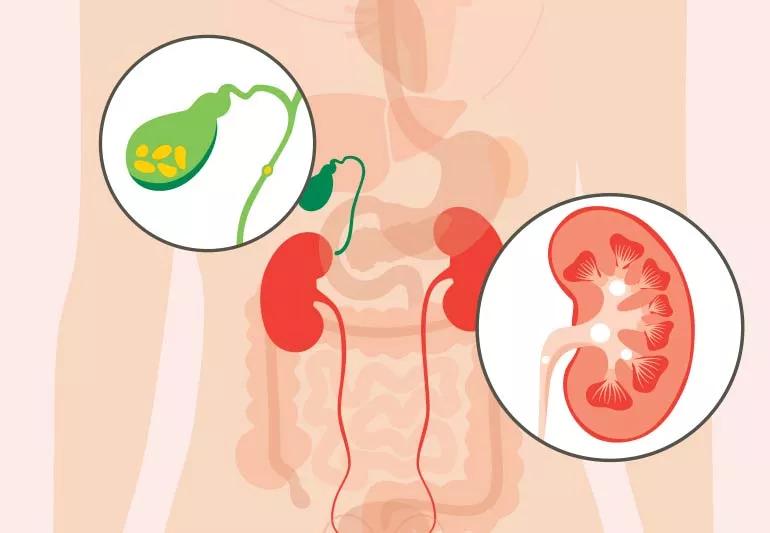A Thorough Evaluation of Therapy Choices for Kidney Stones Versus Urinary Tract Infections: What You Need to Know
The distinction in between therapy alternatives for kidney stones and urinary system infections (UTIs) is vital for efficient patient monitoring. While UTIs are usually resolved with prescription antibiotics that give rapid alleviation, the approach to kidney stones can vary significantly based upon specific aspects such as stone size and make-up. Non-invasive techniques like extracorporeal shock wave lithotripsy (ESWL) may appropriate for smaller sized stones, yet larger or obstructive stones usually need more intrusive methods. Comprehending these nuances not just notifies clinical choices however also boosts individual results, inviting a better evaluation of each problem's treatment landscape.
Comprehending Kidney stones
Kidney stones are difficult down payments formed in the kidneys from minerals and salts, and recognizing their composition and formation is vital for reliable management. The main kinds of kidney stones consist of calcium oxalate, calcium phosphate, struvite, uric acid, and cystine stones, each with unique biochemical origins.
The development of kidney stones takes place when the concentration of certain compounds in the pee raises, leading to condensation. This condensation can be affected by urinary system pH, quantity, and the visibility of inhibitors or promoters of stone formation. Low urine volume and high acidity are conducive to uric acid stone development.
Understanding these elements is vital for both avoidance and treatment (Kidney Stones vs UTI). Efficient administration methods may include dietary adjustments, boosted liquid intake, and, in many cases, pharmacological interventions. By recognizing the underlying reasons and kinds of kidney stones, health care suppliers can carry out customized methods to reduce recurrence and improve patient end results
Review of Urinary System Tract Infections
Urinary system infections (UTIs) prevail bacterial infections that can affect any kind of component of the urinary system, including the kidneys, ureters, bladder, and urethra. The majority of UTIs are created by Escherichia coli (E. coli), a sort of bacteria normally located in the intestines. Women are extra prone to UTIs than men because of physiological differences, with a much shorter urethra promoting much easier bacterial accessibility to the bladder.
Signs of UTIs can vary relying on the infection's place yet commonly include constant urination, a burning sensation throughout urination, gloomy or strong-smelling pee, and pelvic pain. In extra serious instances, particularly when the kidneys are involved, signs and symptoms may additionally include high temperature, chills, and flank discomfort.
Risk aspects for developing UTIs consist of sexual activity, particular sorts of contraception, urinary tract problems, and a weakened body immune system. Diagnosis normally involves urine examinations to identify the existence of microorganisms and other signs of infection. Prompt treatment is important to avoid issues, consisting of kidney damage, and usually entails antibiotics tailored to the details bacteria included. UTIs, while typical, call for timely recognition and administration to make certain effective outcomes.
Therapy Alternatives for Kidney stones

If the stones are larger or create substantial pain, non-invasive treatments such as extracorporeal shock wave lithotripsy (ESWL) might be employed. This technique makes use of audio waves to break the stones right into smaller sized fragments that can be more easily travelled through the urinary system system.
In instances where stones are too large for ESWL or if they obstruct the urinary system system, ureteroscopy may be indicated. This minimally intrusive treatment includes the use of a tiny extent to break or get rid of up the stones directly.

Therapy Choices for UTIs
Exactly how can healthcare companies efficiently address urinary system system infections (UTIs)? The primary approach entails a complete evaluation of the client's symptoms and case history, adhered to by proper diagnostic screening, such as urinalysis and pee culture. These examinations help recognize the original pathogens and establish their antibiotic vulnerability, guiding targeted treatment.
First-line treatment commonly includes antibiotics, with choices such as nitrofurantoin or trimethoprim-sulfamethoxazole, depending on neighborhood resistance patterns. For uncomplicated instances, a short training course of antibiotics (3-7 days) is usually adequate. In recurrent UTIs, carriers may take into consideration prophylactic anti-biotics or alternative methods, consisting of lifestyle adjustments to lower risk aspects.
For patients with complex UTIs or those with underlying wellness issues, much more hostile treatment may be needed, possibly involving intravenous prescription antibiotics and more analysis imaging to evaluate for issues. In addition, client education and learning on hydration, health techniques, and symptom administration plays a vital role in prevention and reappearance.
Contrasting End Results and Effectiveness
Reviewing the end results and effectiveness of therapy alternatives for urinary system tract infections (UTIs) is crucial for enhancing client treatment. The key therapy for uncomplicated UTIs generally includes antibiotic therapy, with options such as nitrofurantoin, trimethoprim-sulfamethoxazole, and fosfomycin.
On the other hand, therapy end results for kidney visit this website stones differ considerably based on stone structure, size, and location. Alternatives vary from conservative management, such as hydration and discomfort control, to interventional treatments like extracorporeal shock wave lithotripsy (ESWL) and ureteroscopy. While ESWL has a high success rate for smaller stones, complications can develop, necessitating more treatments.
Ultimately, the efficiency of treatments for both problems rests on exact diagnosis and tailored strategies. While UTIs usually react well to anti-biotics, kidney stone administration may require a complex strategy. Continual Continue analysis of treatment outcomes is crucial to improve individual experiences and reduce reappearance prices for both UTIs and kidney stones.
Final Thought
In recap, treatment approaches for kidney stones and urinary system tract infections vary significantly due to the unique nature of each condition. UTIs are mainly attended to with prescription antibiotics, supplying punctual relief, while kidney stones require customized treatments based upon dimension and structure. Non-invasive approaches such as extracorporeal shock wave lithotripsy appropriate for smaller stones, whereas bigger or obstructive stones may call for ureteroscopy. Recognizing these distinctions enhances the ability to give optimal patient care in handling these urological problems.
While UTIs are normally addressed with antibiotics that offer rapid relief, the method to kidney stones can vary substantially based on private factors such as stone size and composition. Non-invasive approaches like extracorporeal shock wave lithotripsy (ESWL) may be ideal for smaller sized stones, yet larger or obstructive stones often require more invasive techniques. The key kinds of kidney stones include calcium oxalate, calcium phosphate, struvite, uric acid, and cystine stones, each with distinctive biochemical origins.In contrast, therapy outcomes for kidney stones vary substantially based on stone composition, area, and size. Non-invasive techniques such as extracorporeal shock wave lithotripsy are suitable for smaller stones, whereas recommended you read bigger or obstructive stones might call for ureteroscopy.
Comments on “Comprehending the Distinctions Between Kidney Stones vs UTI: Key Signs and Treatments”